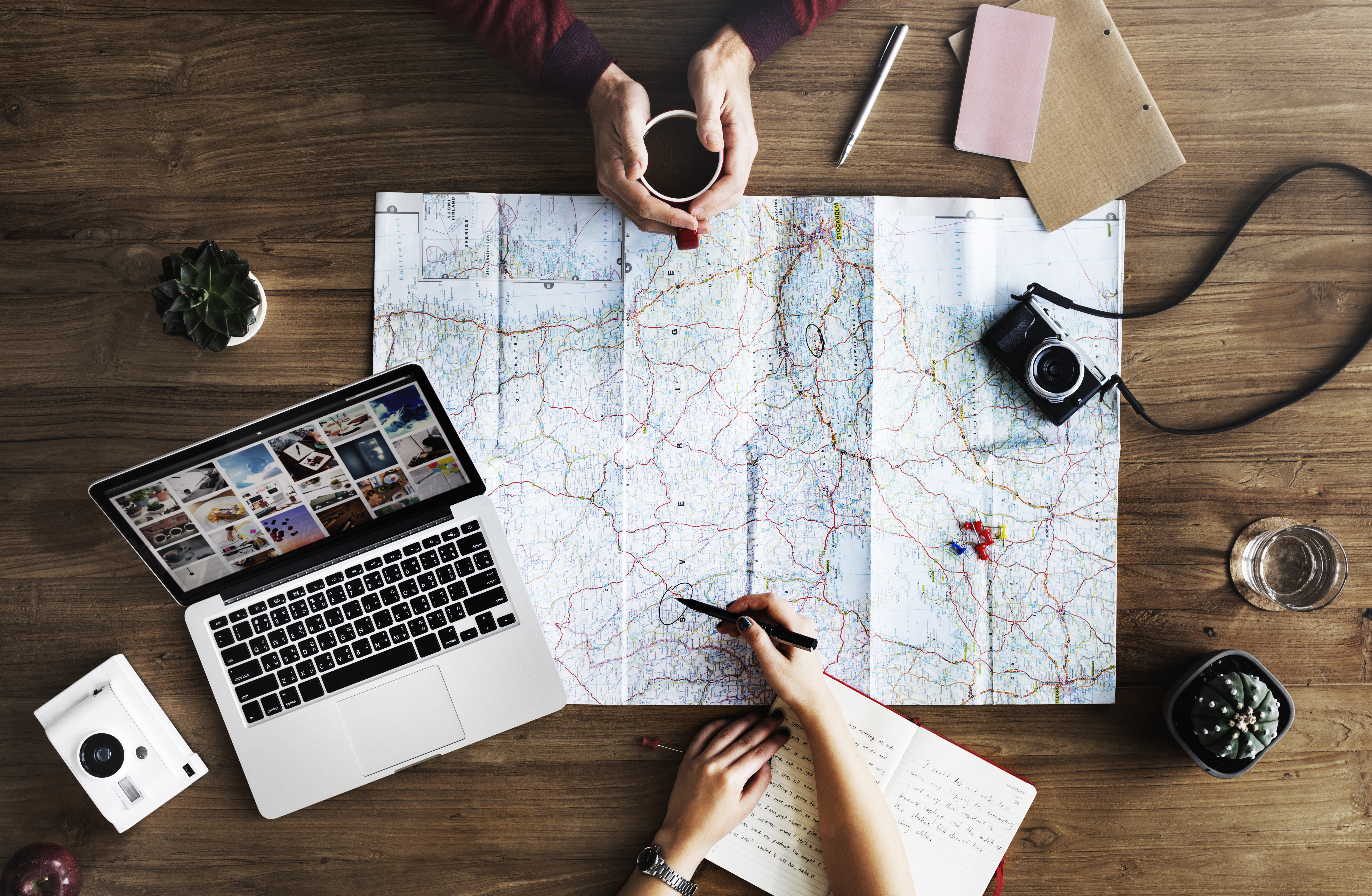
The Travelogue
Deanna
- 0
- 375
Summer is the season of travel and so this is an ideal time to think about writing the travelogue. Also, it is a good time to start taking care of yourself, and your skin, try the pore vacuum and let me know how it goes.

For example, Rinker Buck’s The Oregon Trail: A New American Journey records his modern day traverse of the Oregon Trail, but also reflects on his family, his life, and the land and people with which he interacts on his journey. It is uniquely American experience. Read an article about their journey if you do not want to pick up the book.
But today, thanks to the mini-computers we all carry in our pockets (not to mention the technology available to us after we return home) we can create multi-media projects such as Christoph Niemann’s trip to Norway.
It is important to remember that such multi-media projects do not need to be based in technology. I don’t happen to have any good examples in my possession, but I know such things exist on coffee tables everywhere. But we can use a book such as Desert Seasons: A Year in the Mojave as an example of recording your journey (rather than the journey of time in the Mojave) — simply because I have this book on my shelf. This simple book includes maps, photos, journal entries, sketches, poems, and factual tidbits — all things you could gather in a small notebook while you travel — for later curation.
While your travelogue can certainly take the form of simple narration with the random inclusion of photos and other artefacts, I am particularly drawn to the idea of the multigenre travelogue which includes both artefacts and a wide range of genres as well as narration to tie everything together.
From Tom Romano’s Blending Genre, Altering Style: Writing Multigenre Papers (2000)
“A multigenre paper arises from research, experience, and imagination. It is not an uninterrupted, expository monolog nor a seamless narrative nor a collection of poems. A multigenre paper is composed of many genres and subgenres, each piece self-contained, making a point of its own, yet connected by theme or topic and sometimes by language, images, and content. In addition to many genres, a multigenre paper may also contain many voices, not just the author’s. The trick is to make such a paper hang together.”
From Camille Allen’s The Multigenre Research Paper (2001):
The best way I can describe a multigenre paper is to say that each piece in the paper utilizes a different genre, reveals one facet of the topic, and makes its own point. Conventional devices do not connect the pieces in a multigenre paper, nor are the pieces always in chronological order. The paper is instead a collage of writing and artistic expression with an overarching theme that engulfs and informs the reader. (2)
A travelogue will create a document through which others can catch glimpses of your experiences on your journey, but most important a travelogue will also allow others to understand your personal encounters with those experiences and why they impacted you. Of course, Eat, Pray, Love is a great example of this type of personal travel narrative. Most journeys will not create such profound aching change, but every trip offers potential lessons that are worthy of exploration and recording so we can pull them back out from time to time to learn more.
Sometimes a travelogue can be more of an argument such as this one created by my friend Liz Prather, American Road Trip, about a recent journey we took together. It is likely that such an argument will only come to you in retrospect, but keeping a journal of your trip can help you piece together that argument when you have time to reflect.
Some simple prompts to help you get more from your experience:
- Write before you leave about your plans, what you packed and why
- Jot down the events of the day throughout your trip – what you ate, where you went, and note sensory and emotional details
- Note things that surprise you – because they are so unexpected or because they are so mundane and remind you of home
- Buy a postcard that represents the day and jot down your thoughts about the day, yourself, your surroundings on the back
- Reflect on conversations both yours and those overheard
- Don’t forget to record your gastronomical travels
Other tips for gathering artefacts:
- I love this idea of a postcard travel journal
- Some great tips for photos to take on your journey
- Poetry writing prompts for travelers
How do you like your travelogue? Have you ever written a travelogue? Have you ever wanted to write a travelogue?


